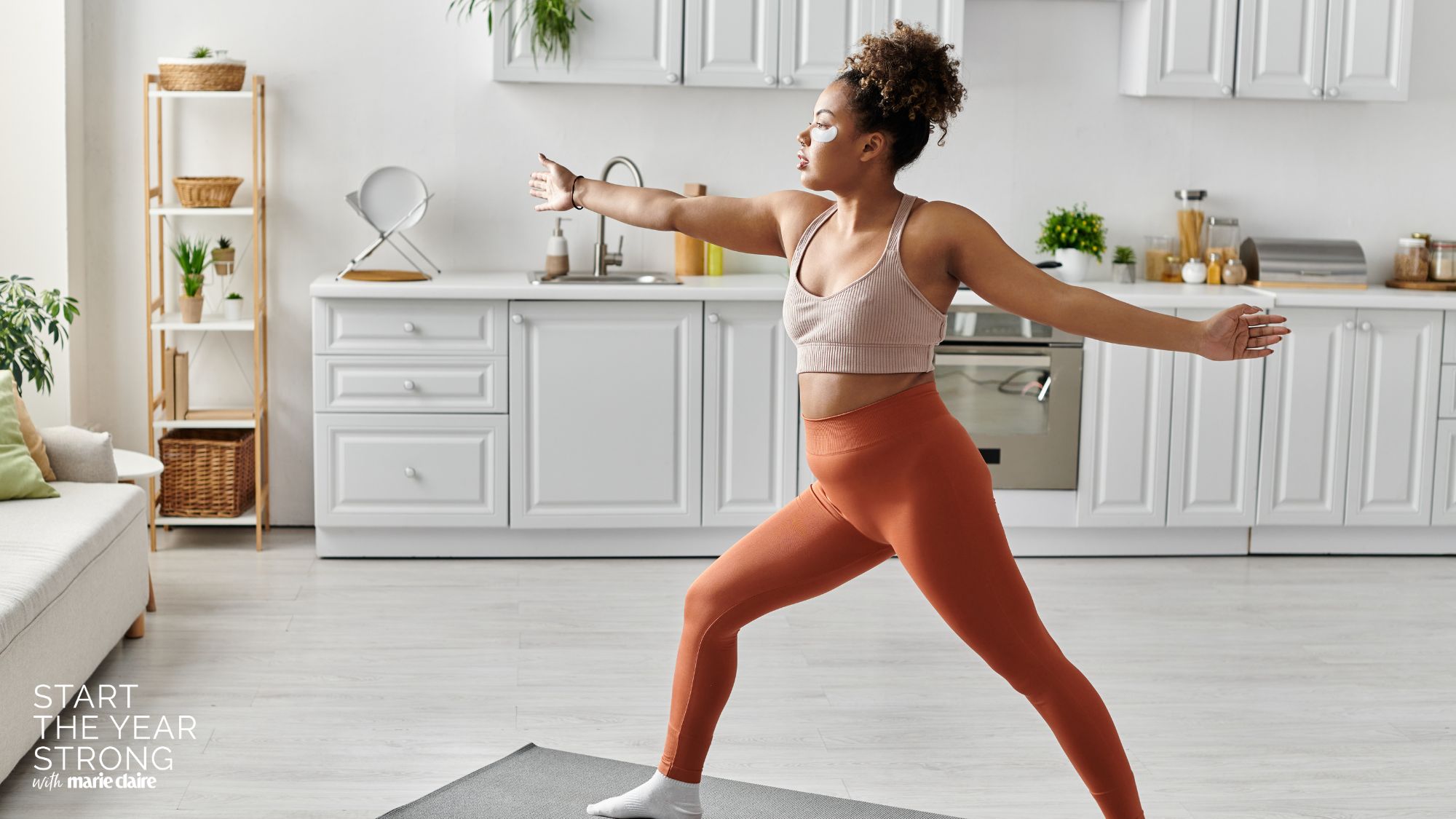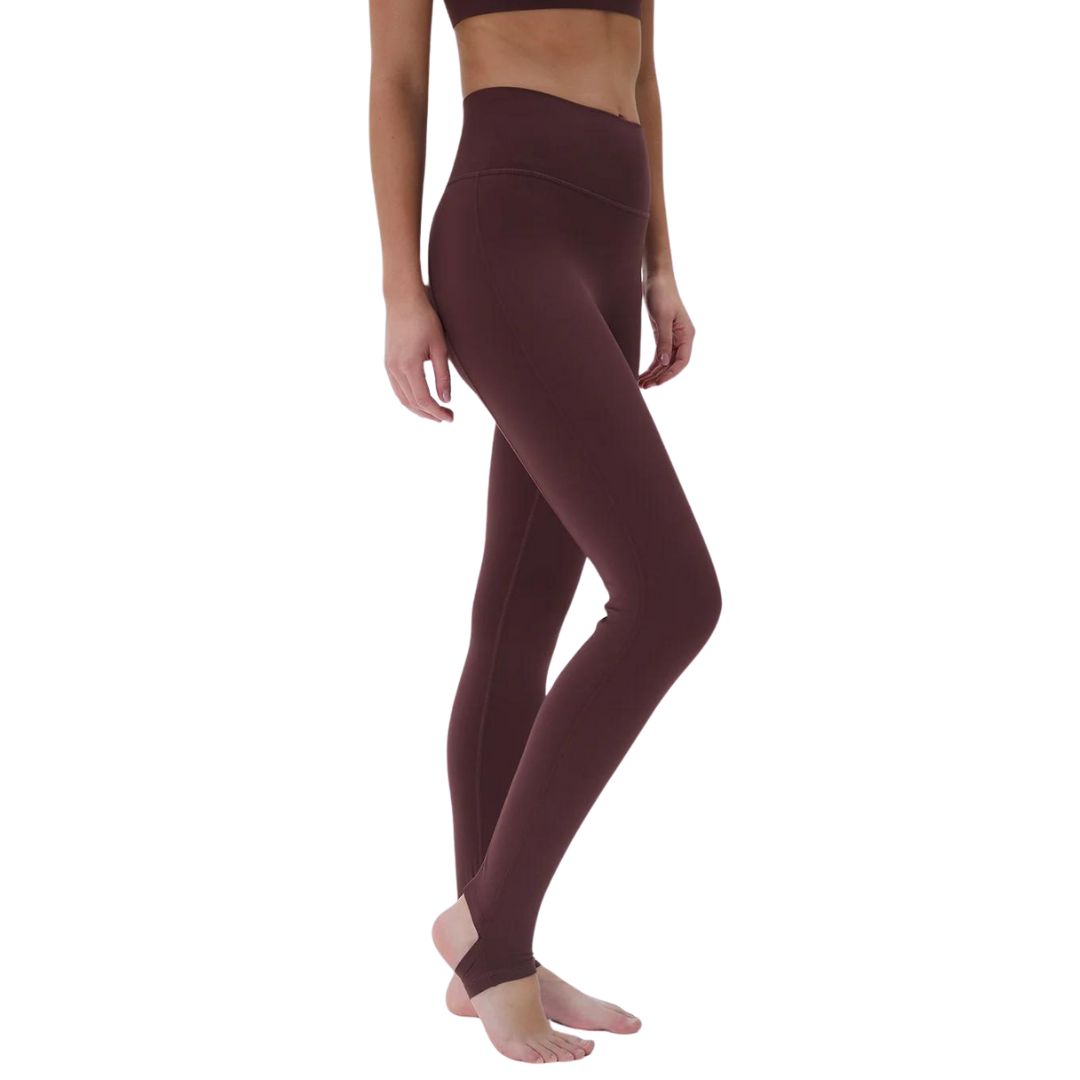I've seen the 30-30-30 workout all over my feed - so asked top experts for their take on whether it's *actually* worth trying
A life changing regime?


When a health trend video hits 17 million views, it’s got to be worth giving it a shot, right? Well, the 30-30-30 regime definitely has its fans among TikTokers and there are some pretty huge claims being made for it.
From super-charged energy levels, to losing fat, to maintaining steady blood sugar levels, this newly trending regime is a pretty simple premise and promises a whole load of health benefits, not to mention to mix things up or those of you who grab a piece of toast and then squash in an intense workout before getting to the office and then feel shattered and hungry around 11 am.
So, if you're in the market for a rethink of your routine, let us explain. Just like the 25-7-2 workout, the 3-2-8 method and the 5-10-15 workout before it, the 30-30-30 regime has a catchy moniker and promises, on paper, to be straightforward.
In a nutshell, the 30-30-30 is a workout and nutrition split that advises you to eat 30g of protein within 30 minutes of waking up, followed by 30 minutes of low-intensity exercise, like a gentle yoga session or a walk. Sounds easy, but does it deliver on all the grand statements? As we know, health and wellbeing advice via social media needs to be taken with a big dose of scepticism.
Below, we turned to the experts to find out whether it's really the life-changing routine it’s claimed to be or whether it’s one we don’t need in our lives. Keen to read more? Don't miss our guides to strength training, low impact workouts and low impact strength training, while you're at it.
Ever heard of the 30-30-30 workout? Your guide
What is the 30-30-30 workout?
It was an American biohacking expert called Gary Brecka who made the 30-30-30 method go viral. Brecka is a huge advocate of steady-state cardio, you see, which describes working out but at a level in which you can still hold a conversation. He claims that this, coupled with a big protein-heavy breakfast, is the key to fat loss.
His videos get thousands of views worldwide but it was the 30-30-30 method that really set TikTok on fire. That said, the actual concept has been around for fifteen years and was a key idea in Timothy Ferriss’ book, The 4-Hour Body. An author, entrepreneur and podcaster, Ferriss wrote it after ten years of experiments and interviews with more than 100 scientists, not to mention using himself as a human guinea pig. And the result was a pretty eye-catching tagline: “An uncommon guide to rapid fat loss, incredible sex, and becoming superhuman”. Well, who wouldn't want that....
Celebrity news, beauty, fashion advice, and fascinating features, delivered straight to your inbox!
Brecka has taken Ferriss’ plan for life and broken it down to create a simple morning routine he says can jumpstart fat loss in the body. But how?
How does the 30-30-30 workout?
The premise of the 30-30-30 workout is that timing is everything. When you wake up, you’ve fasted while you sleep meaning your body needs food for energy. This routine prescribes eating within a 30-minute window of waking up so your metabolism gets the message that it’s time to kick in.
Instead of loading up on cereals, for example, that are high in carbohydrates and sugar, the 30-30-30 approach encourages you to opt for a breakfast with 30g of protein, instead. This could be Greek yoghurt with nuts, protein pancakes with banana or a savoury breakfast of scrambled eggs and cheese (with rye or sourdough bread if you don’t feel like it's breakfast without using your toaster).
Of course, the jury is still out as to whether we need breakfast as soon as we wake up or if we need it at all - ultimately, it's a personal decision and only one you can know the answer to, knowing your body best. There are studies that argue that skipping breakfast means that your “energy balance” will be out for the rest of the day (though this study was based on men). There are also those who argue – Professor Tim Spector of Zoe fame among them - that we should be eating breakfast 12 hours after we have had our last meal. And this likely wouldn’t fit with the 30-minute window that this regime suggests.
The debate is less heated though, about, what we should be eating and protein is top of the list. Protein needs more energy to break it down than processed foods, for example, and is a high-thermic food, which means it takes our body longer to digest, absorb and then metabolise it, therefore making us feel fuller for longer. It also means that we don't get dramatic blood sugar spikes, as protein is a slow burner.
Next - onto the exercise. The 30-30-30 method stipulates we don’t smash out a HIIT class, but take it slow and steady for 30 minutes, instead. Why? Because then our body will use its fat stores for energy instead of breaking down muscle content, the founder explains. This works, he goes on, because when our bodies are in a calorie deficit and that isn’t available from our food, our body will look to muscle first. Doing low-intensity exercise will prevent that from happening. Together – these two 30s could also lower blood pressure, which is a big pro point.
What do experts think about the 30-30-30 workout?
So far, so good. It sounds pretty easy to do and there don’t seem to be any obvious downsides. But what do our experts say? “30-30-30 is a great approach to making simple and sustainable health change. The temptation in January is to go big with health goals which can be too restrictive. And the research shows this doesn’t work long term - keeping it simple and easily memorable is the way to go,” says Becca Meadows, nutritionist and leadership consultant. She adds that it could also help with cortisol levels, as skipping breakfast or having a sugary meal can cause our cortisol to peak higher and it can remain elevated all day.
She also gives the low-impact exercise a thumbs up, commenting that “lots of us might be damaging our nervous system by over-relying on HIIT."
But there are some caveats. Personal trainer and nutritionist Robyn Drummond says that while a protein-rich breakfast is a positive, having to consume it within 30 minutes of waking up is unrealistic for lots of people. She also states that “it’s not actually necessary for fat loss.” And while she acknowledges that morning exercise can “help you feel more productive, set you up for the day, and contribute to overall positive behaviour changes”, she argues it might not fit everyone’s schedule. She goes on: “While 30 minutes is a great target to do for a workout, it doesn’t need to be low-intensity, steady-state cardio. It also doesn’t have to be done in one continuous 30-minute session, nor does it need to be done in the morning."
“Some people may benefit from splitting exercise into blocks of fifteen minutes, depending on their lifestyle. Some may only manage a fifteen-minute home workout, while others might fit in fifteen-minute walks throughout the day. It doesn’t matter when you exercise; what matters is finding a time that works with your lifestyle and when you have the most energy.”
Meadows adds that the approach doesn't mention strength training, which is "for women, an absolute must to maintain muscle mass, keep the metabolism high but more importantly to keep our bones strong and healthy now and post-menopause."
It's also worth adding here that some of Brecka's claims about how quickly the workout and nutrition split will help you lose fat are optimistic, at best. A healthy lifestyle shouldn't, ultimately, be about "stripping fat" or losing weight quickly, and any diet or workout that promises that is ultimately a fad. One to keep in mind.
Should I give the 30-30-30 workout a go?
The verdict? We all live differently and the 30-30-30 regime might be a perfect fit for some and a stressful nightmare for others. That said, all of the experts we spoke to for this piece agreed that it does give some great pointers for a healthy lifestyle and pushes us towards a regime change that could bring benefits.
That said, if you do the 30-30-30 regime in the morning and then have an afternoon of no movement, highly processed foods and then no sleep, let’s face it - it’s likely not going to have the impact it promises. A healthy routine is about consistency, after all.
Bottom line: Take the elements that work for you and remember that while there is science behind it, the catchy name probably has as much to do with the clicks as the content, warn our experts.
Shop MC UK approved fit kit now:

Last but by no means least, Adanola leggings are by far some of the best on offer if you're after an affordable but genuinely high quality pair of leggings. This stirrup design is great for Pilates, Barre or yoga where you need a little extra grip on the bar or your mat.

Katie has been a journalist for more than twenty years. She is now freelance and writes for a beautiful spread of titles including Stylist, Breathe, Happiful and Wanderlust. She has tackled a wide array of subjects from work hacks to hormone health; and foraging to AI. No one day is the same but every day involves talking to people who are passionate about what they do and have a story to tell. She re-upholsters knackered furniture in her free time, which is rare because she also has four kids, two dogs, two cats, a snake and an axolotl.

